A new study from the Journal of Endocrine Society shows that BPA alternatives are associated with an increased prevalence of obesity in children.
BPA is a xenoestrogen that disrupts hormones and poses major health risks and concerns. A great effort has been made to eliminate BPA from children’s products and kitchen appliances. You may have even noticed that many canned foods now have a “BPA Free Lining” label on them.
Stanford researcher and professor, Dr. David Feldman was the first to discover that BPA can leach xenoestrogens into our food from plastic containers (3). Over time it’s become widely accepted that BPA presents health risks – especially to young children.
TRUTH BOMB:
You’re
Already killing it!
If You Were More Consistent With Your Wellness Routine, You’d Be Unstoppable.
What is not discussed as much is the BPA alternatives. We may think we’re doing ourselves a favor by purchasing the BPA free plastic containers, but how much good are we really doing? Unfortunately, new research suggests that BPA alternatives like BPS or BPF are actually not that much better than BPA (2,4).
So, what are you to do? It’s not like we can completely eradicate plastic from our lives in the 21st century. My suggestion is to focus on eliminating and reducing exposure to plastic where it can cause the most harm: in the kitchen.
The appliances, utensils and surfaces that you use to prepare your food are the biggest area of concern when it comes to plastic. You also want to think about the containers and vessels that you use to store your food. And what are you using to serve your food? Plastic plates may be convenient, but they are doing you no favors when they are leaching hormone disruptors directly into your food. In general, it’s a good idea to stay away from single use plastic as much as possible.
If it seems overwhelming and you’re not sure where to start, here are 10 upgrades to make to remove plastic from your kitchen. Start with one and then gradually move forward from there:
1. Dump Plastic Tupperware
Food storage is a big deal. Plastic food storage containers can leach xenoestrogens into your food. Upgrading to glass or stainless steel is a much better option and is a great place to start when removing plastic from your kitchen.
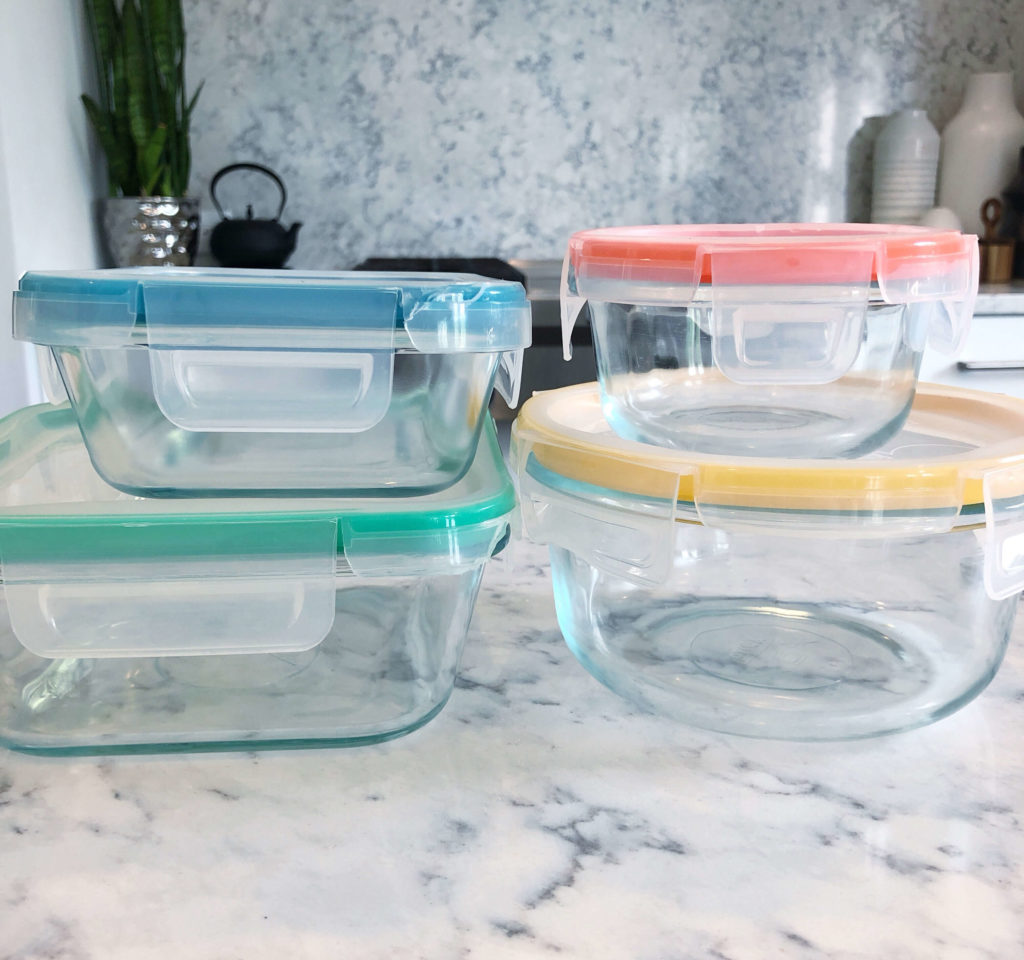
2. Get Rid of Plastic Baby Bottles
A great way to remove plastic in the kitchen is upgrade to glass or stainless steel. Insulated stainless steel is ideal for keeping liquids hot or cold. There’s also great options for stainless steel kids bottles as well.
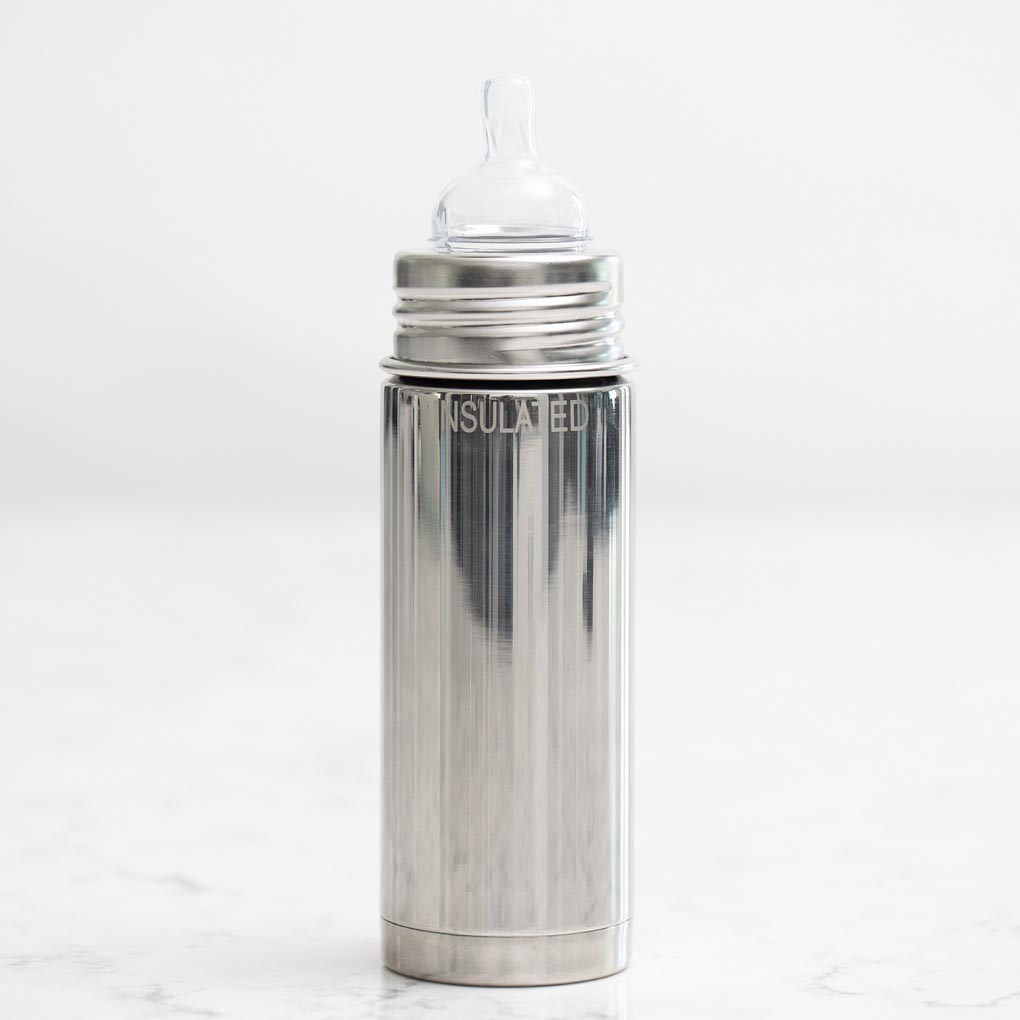
3. Upgrade to a Reusable Water Bottle
Stay hydrated on the go. Upgrade to a stainless steel water bottle that’s stylish and free of plastic.
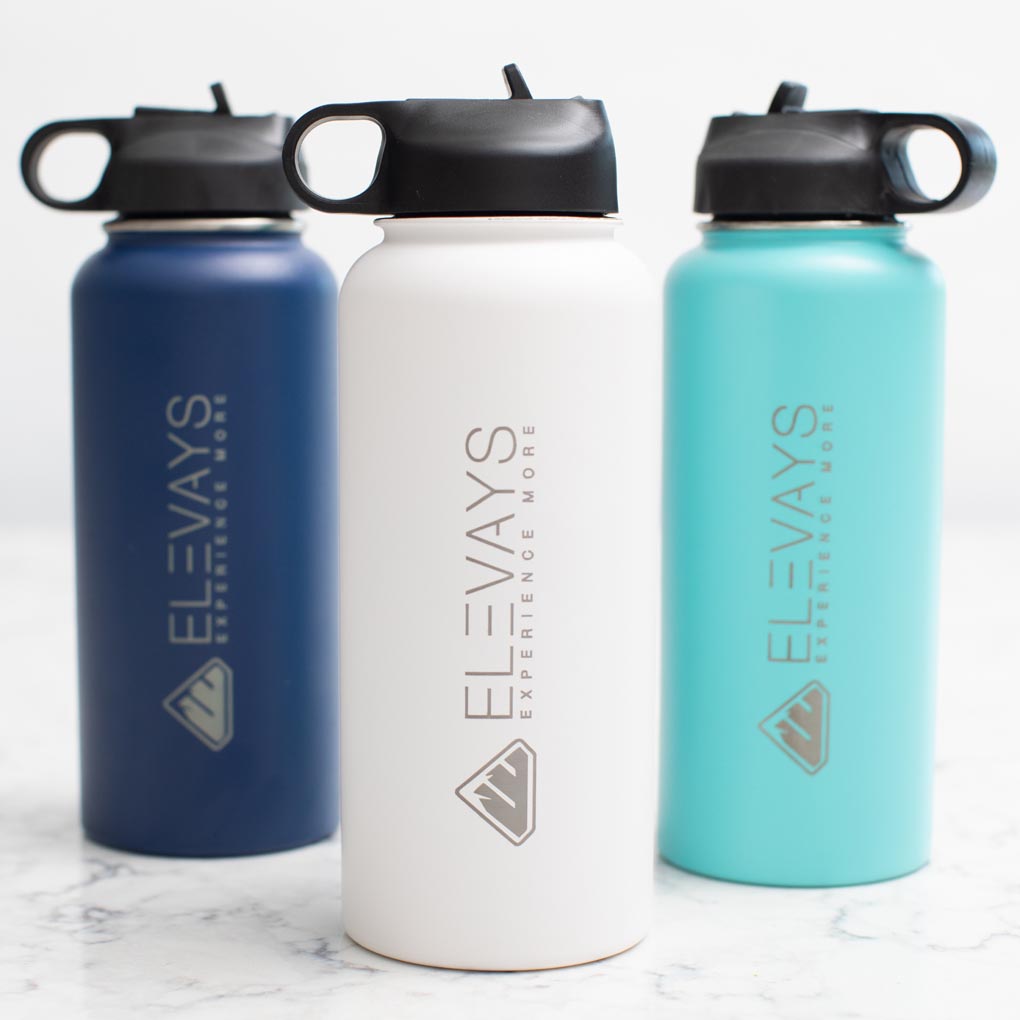
4. Switch Your Electric Kettle
Even if you have an electric kettle that’s stainless steel on the outside, check the inside for plastic. You don’t want to boil water a plastic vessel. Heat and plastic just don’t mix. This beautiful glass version boils water within a minute and there’s no plastic on the inside.
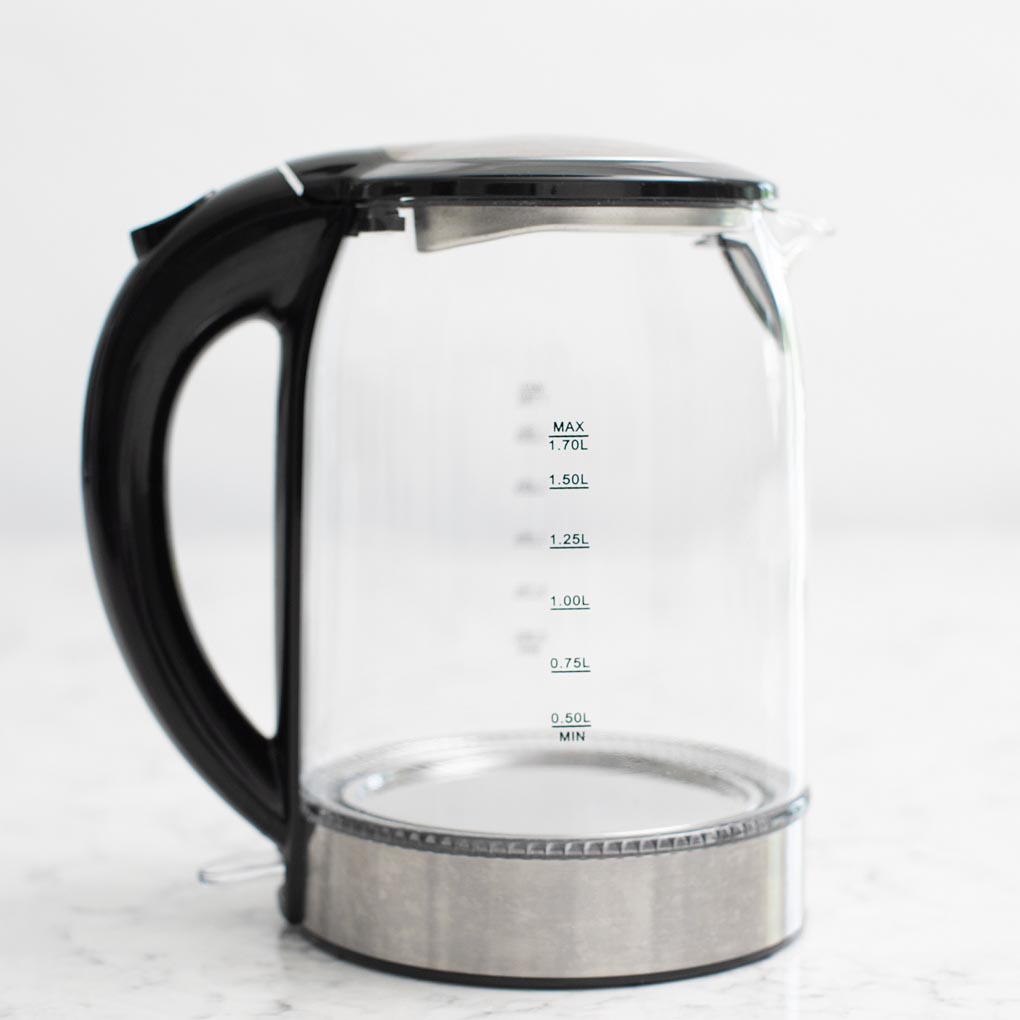
5. Elevate Your Lunch Game
Grab stainless steel containers to store lunch and snacks on the go.
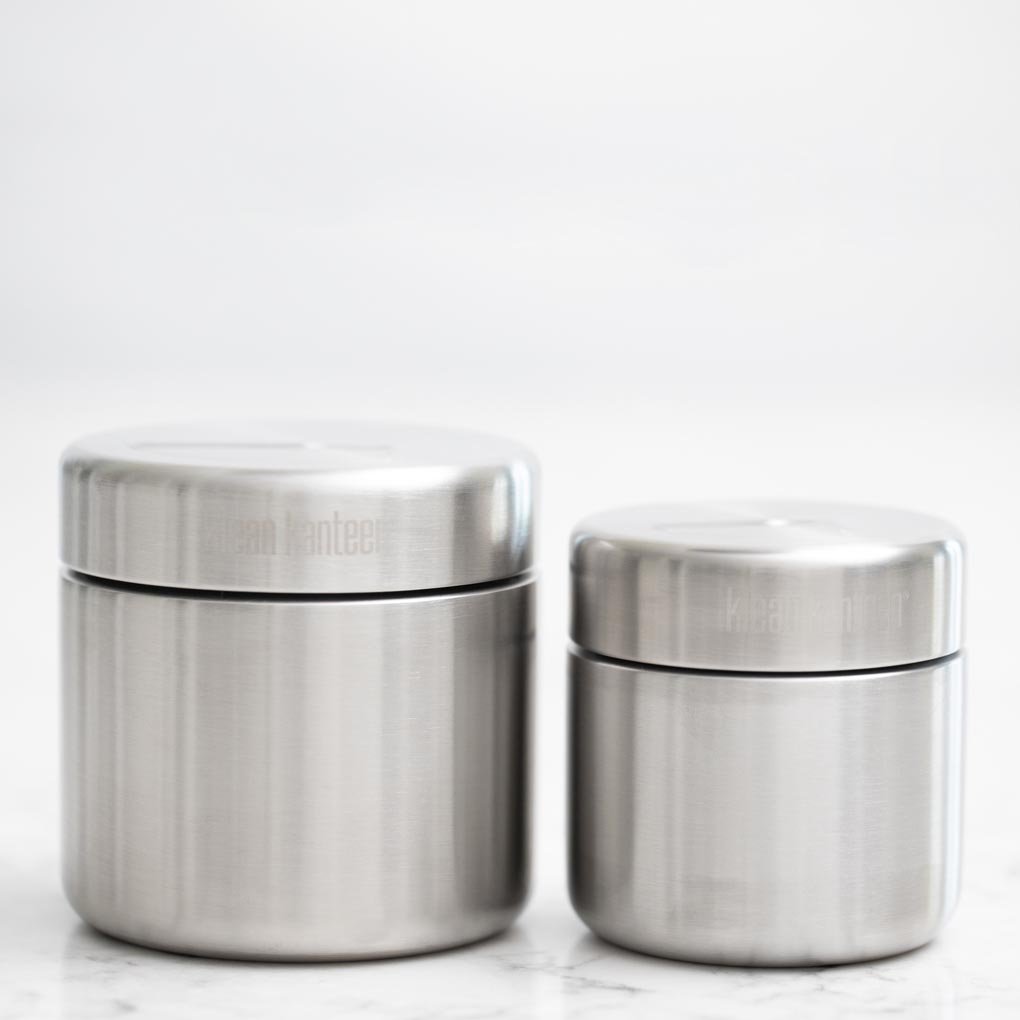
6. Upgrade Your Kids’ Snack Game Too
These silicone food containers are ideal for bringing snacks along for the little ones.
 7. Ditch Plastic Wrap
7. Ditch Plastic Wrap
Try Beeswrap instead. It’s reusable and there’s never any plastic touching your food.
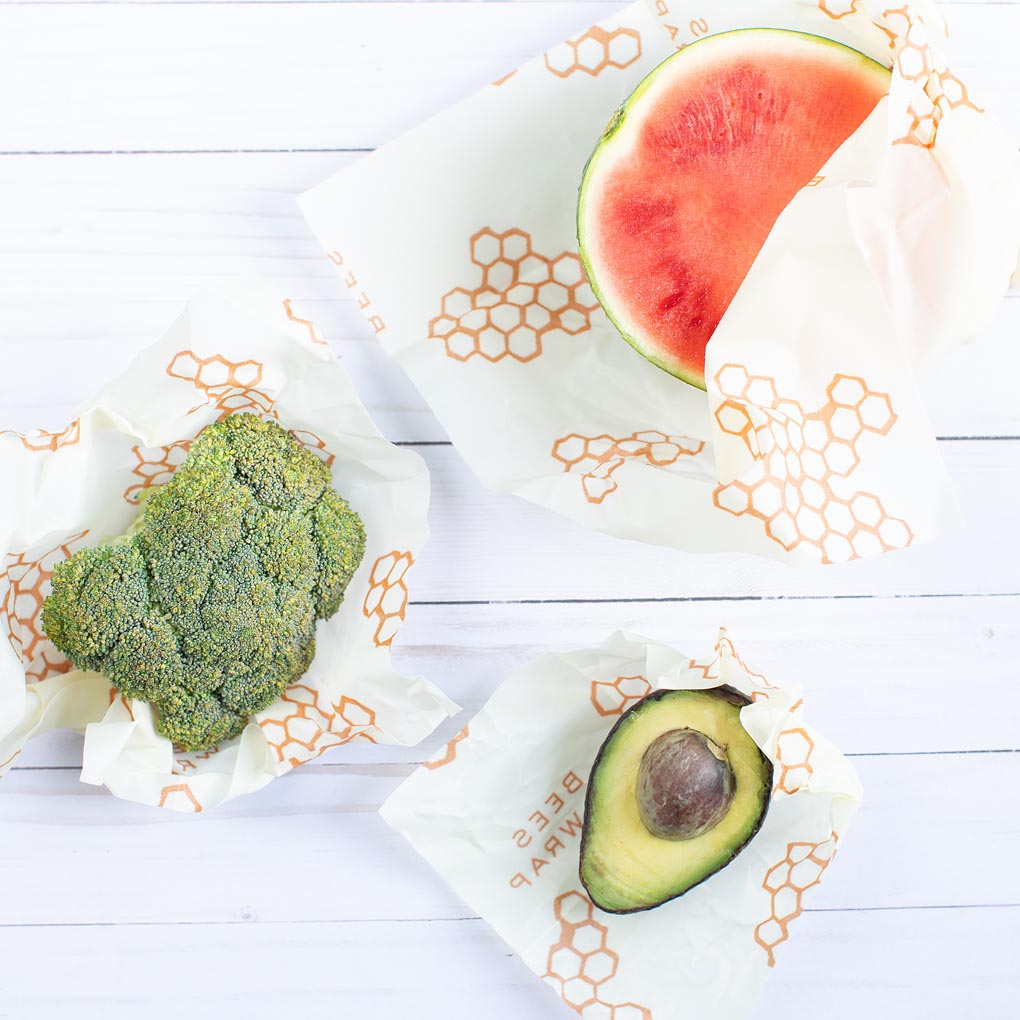
8. Stop Cooking with Plastic
Get rid of your plastic serving spoons and spatulas. Upgrade to wooden utensils. They are way more durable and don’t combine plastic and heat.

9. Use Real Plates
Plastic plates may be convenient, but placing your hot food on top of them is not a good idea. Upgrade to unglazed glass plates. Glazes can be a source for heavy metals exposure since some ceramic glazes are contaminated with heavy metals.
10. Use a Wooden or Glass Cutting Board
Say goodbye to those flimsy plastic cutting boards. Not only do they increase the risk of foodborne illness, but they are also plastic. When you use a knife against plastic you’re potentially cutting plastic into your food. You’re also placing your food on a surface that can leach chemicals into what you’re eating.
Which plastic item are you going to upgrade first? Let us know in the comments below!
References
- Urinary bisphenols and obesity prevalence among US children and adolescents: https://academic.oup.com/jes/advance-article/doi/10.1210/js.2019-00201/5537531
- BPA Substitutes Linked to Childhood Obesity: https://www.treehugger.com/health/bpa-substitutes-linked-obesity-children-and-teens.html
- History of BPA: https://www.packagingdigest.com/food-safety/history-bpa
- BPA Alternatives Pose Health Risks: https://www.plasticstoday.com/medical/bpa-alternatives-also-pose-health-risks-study-finds/113559019761240
- Food Industry’s Switch to Non-BPA Linings Still Poses Health Risks: https://www.healthline.com/health-news/common-chemicals-in-plastics-linked-to-childhood-obesity#Children-with-higher-levels-are-more-likely-to-be-obese
- BPA Alternatives Pose Health Risks: https://www.plasticstoday.com/medical/bpa-alternatives-also-pose-health-risks-study-finds/113559019761240



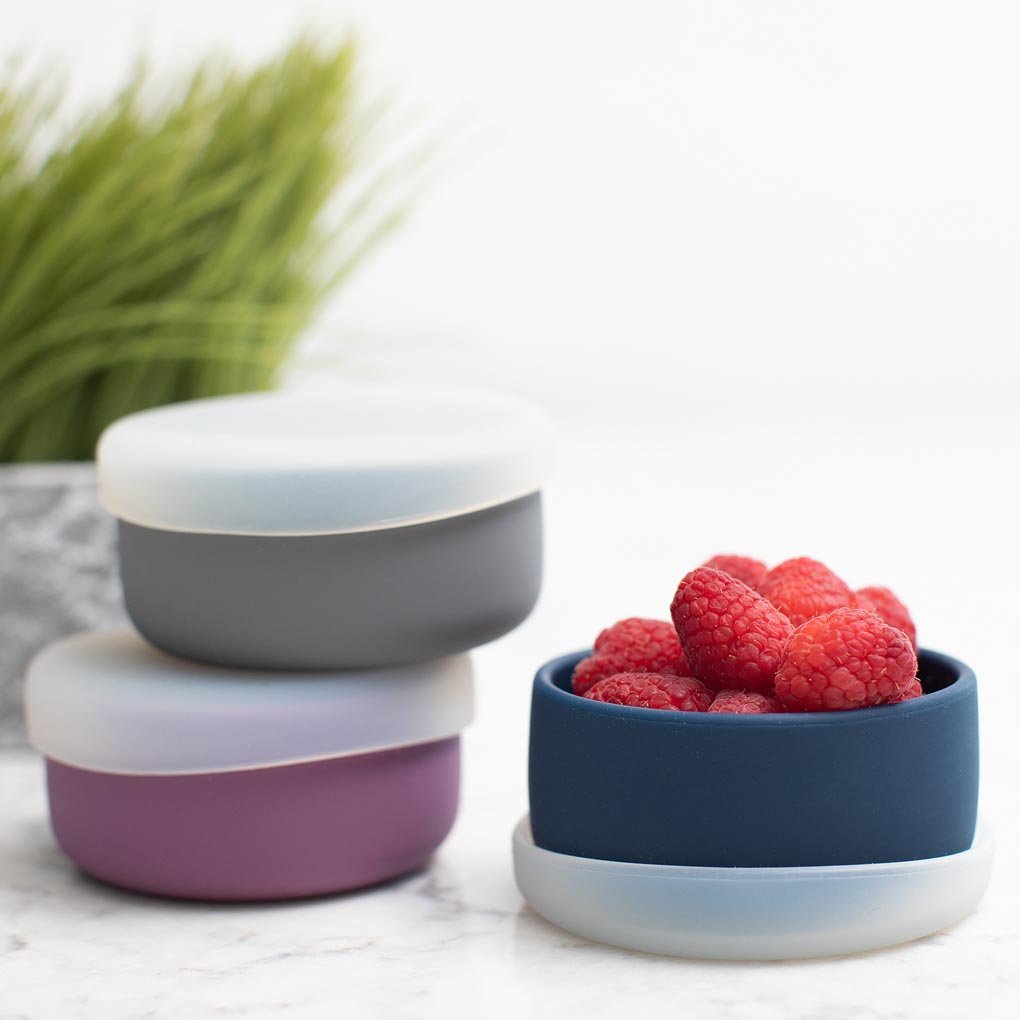




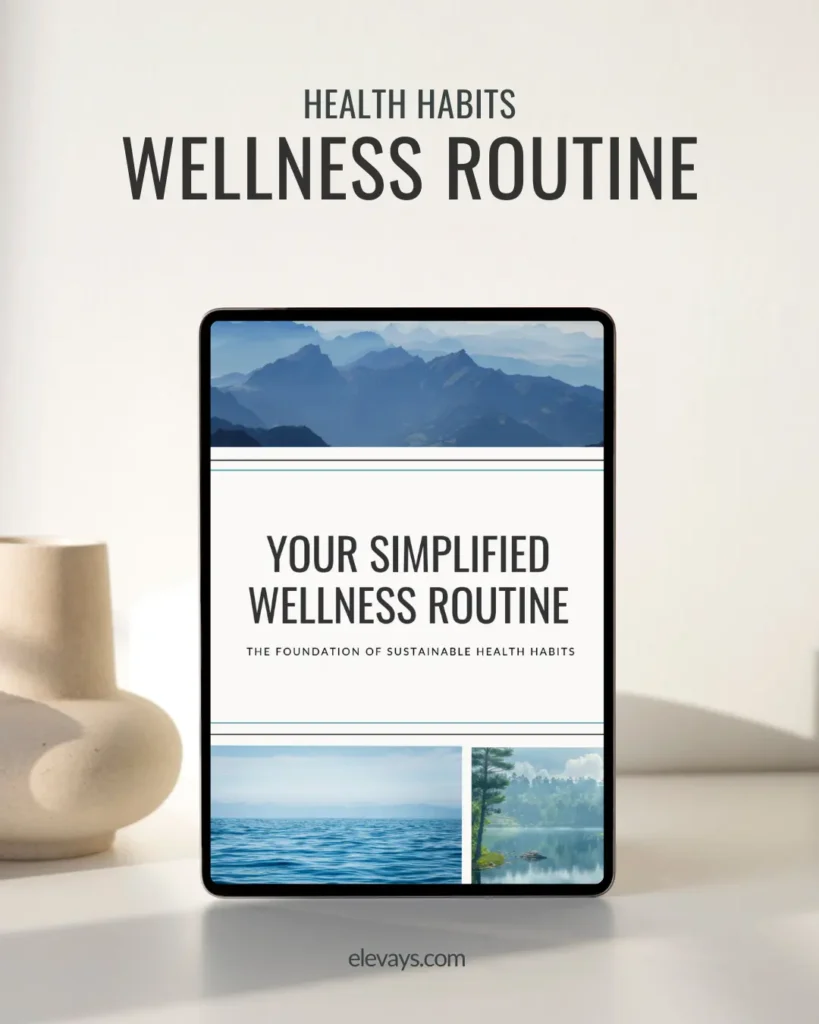

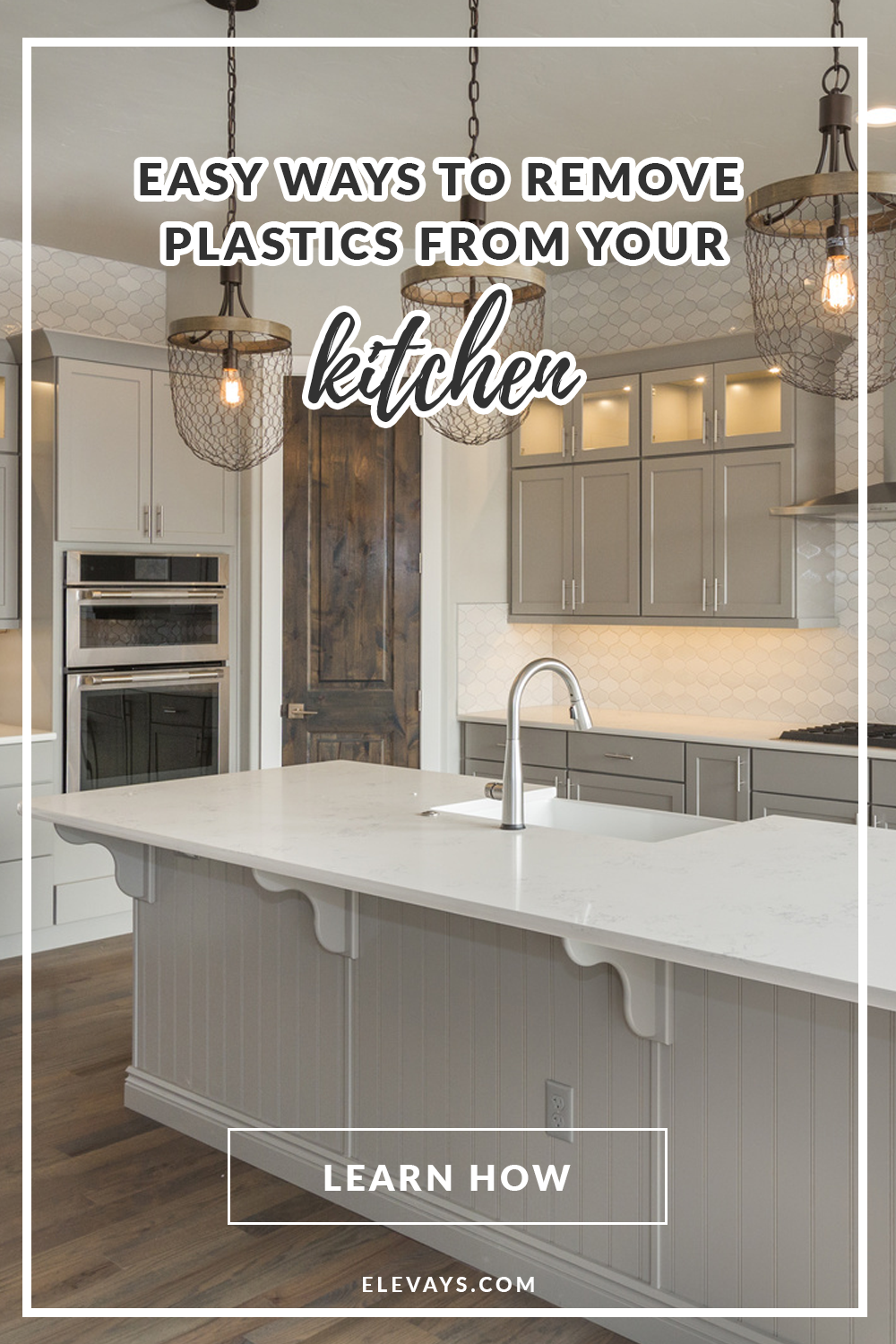
Thank you Erica for sending this message out. Ive been working on detoxing our home this year and didn’t think about the cutting boards (why I don’t know) this is one switch that can be done easily and very inexpensively. I’m so glad to be a part of your inner circle 😊
Allison! Thank you so much for your comment! I’m so happy that you found this content useful. And thanks again for stopping by to let me know how it’s helped you. It means a lot. 🙂